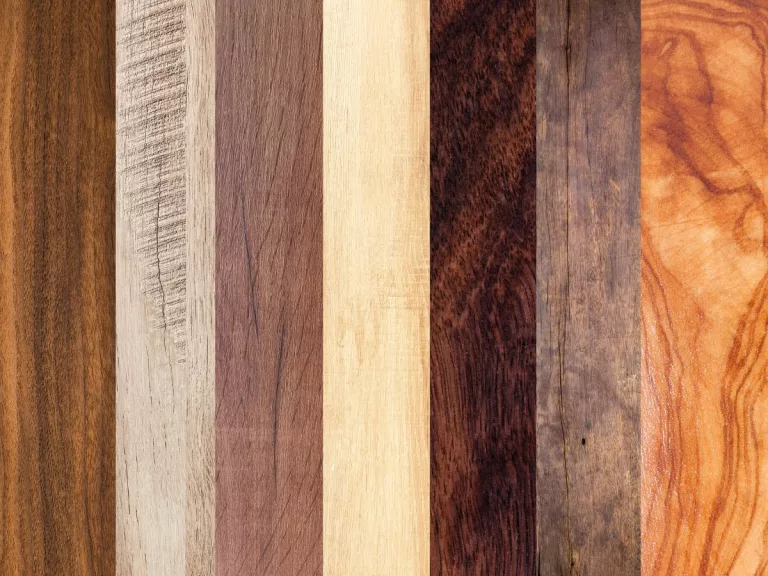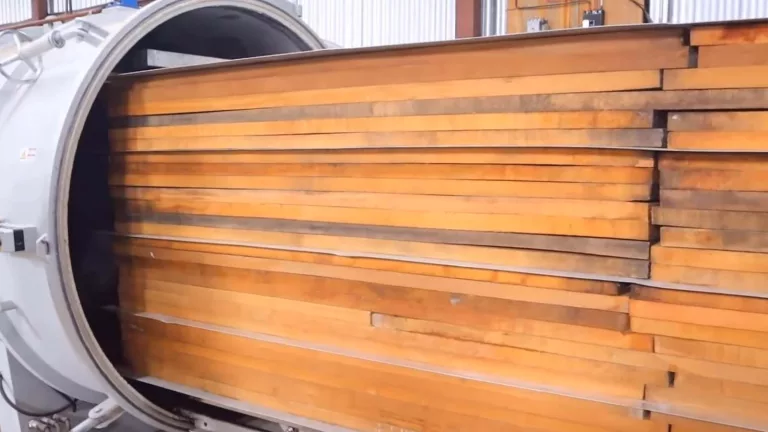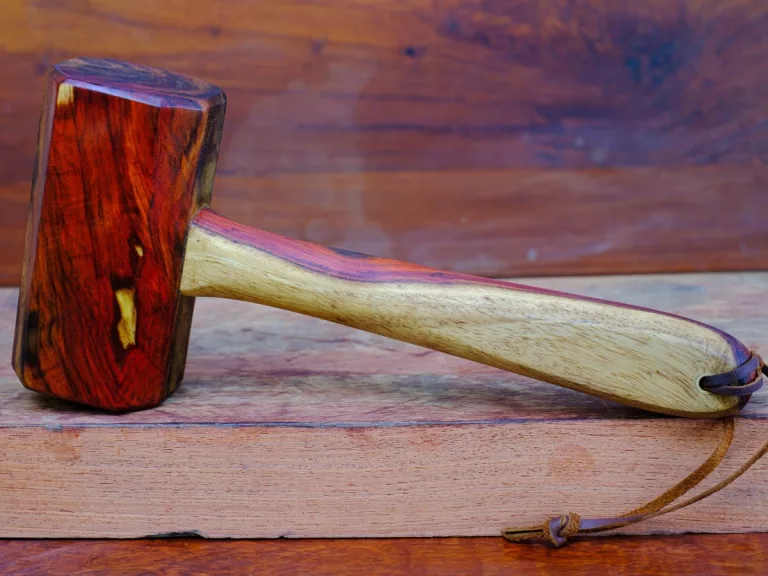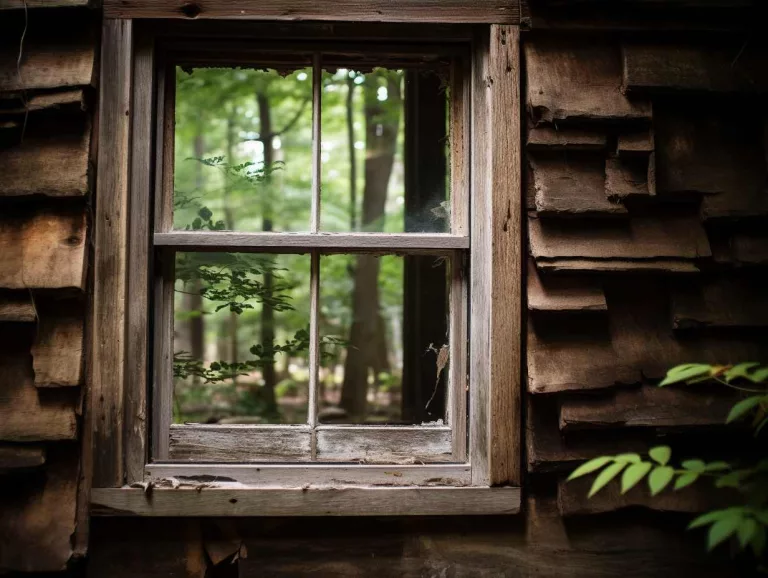Mastering the Craft: Essential Woodworking Tips and Tricks for All Skill Levels
In this guide, we’re digging deep into the world of woodworking tips and tricks. From the foundational skills that every woodworker needs to know, to advanced techniques that can take your projects from good to great, we’ve got you covered. We’re talking about real, practical advice that you can use in your workshop today – no fluff, just straight-up useful tips.
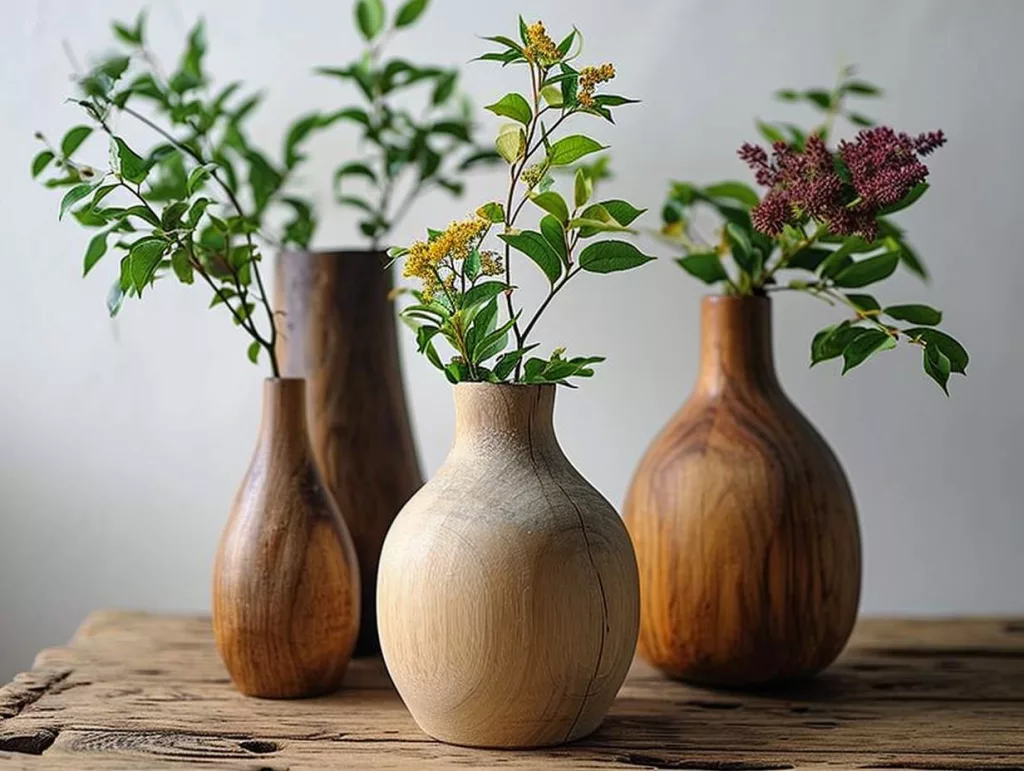
Basic Woodworking Tips And Tricks
Whether you’re just starting out or you’ve been at it for a while, there’s always something new to learn. Let’s get back to basics and make sure you’ve got the foundation solid before you start creating your next masterpiece.
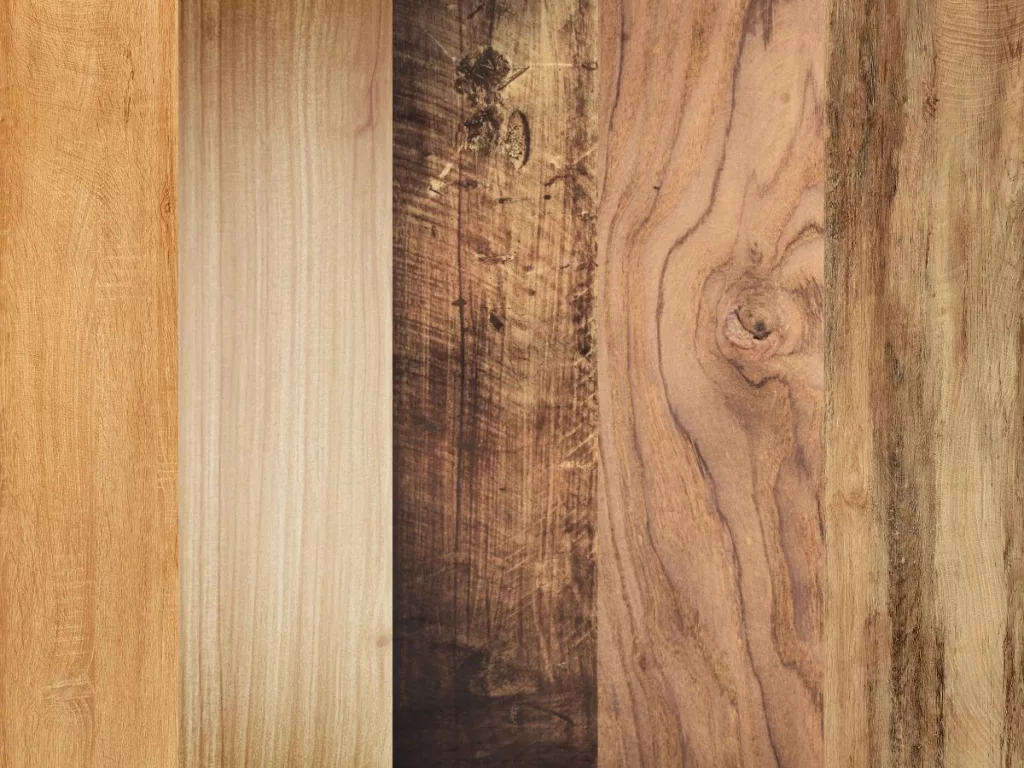
Choosing the Right Wood
Picking the right wood is like choosing the best ingredients for your favorite recipe. It can make or break your project.
- Types of Wood and Their Best Uses: Let’s break it down. Hardwoods like oak, maple, and walnut are your go-to for furniture and anything fancy. They’re tough and look gorgeous. Softwoods like pine and cedar? Perfect for frames and outdoor projects. They’re easier to work with and kinder on your tools.
- Tips on Wood Selection: Think about what you’re making. A coffee table? Go for something hard and pretty like cherry wood. A garden bench? Cedar’s your best bet – it stands up to the elements. And hey, don’t forget to think about the environment. Sustainable wood is the way to go. It’s good for the planet and makes your project even more special.
Essential Tools Every Craftsman Should Have
Your tools are your trusty sidekicks. Let’s make sure you’ve got everything you need.
- Must-Have Tools for Beginners and Pros: Start with the basics – a good saw, a reliable hammer, a set of chisels, and a sturdy measuring tape. If you’re getting serious, power tools like a circular saw and a drill can be game-changers. And let’s not forget about sanders – they’ll make your work look smooth and professional.
- Tips on Tool Maintenance and Storage: Take care of your tools, and they’ll take care of you. Keep them clean, sharp, and well-oiled. Store them properly – a dry, organized space is ideal. Remember, rust is the enemy. A little TLC goes a long way in keeping your tools ready for action.
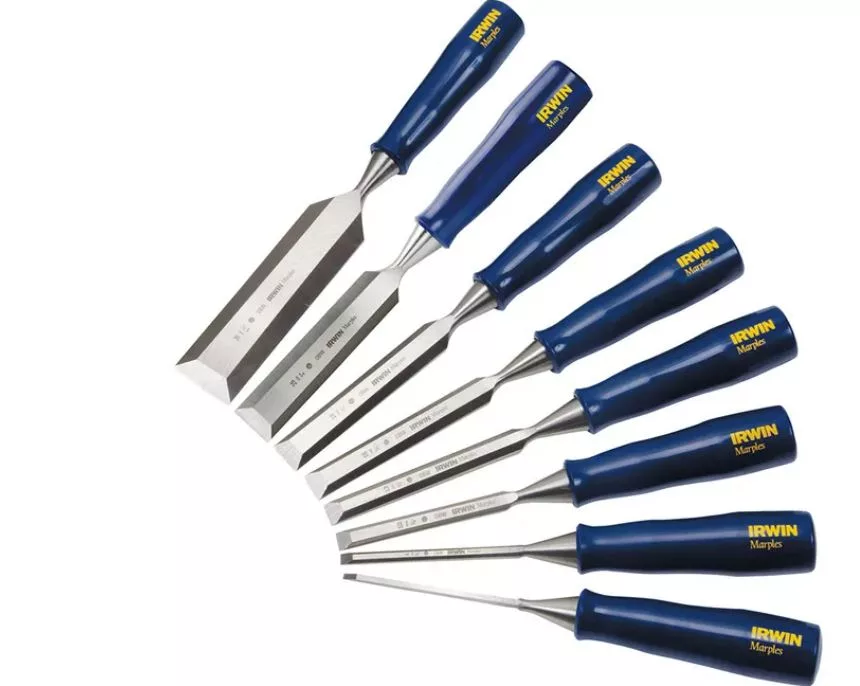
In woodworking, like in life, it’s all about getting the basics right. With the right wood and tools in your arsenal, you’re well on your way to creating something amazing. So, roll up your sleeves, and let’s get to work! 🌲🔨
Advanced Techniques
Ready to step up your game? Let’s look into advanced woodworking where precision and skill create not just projects, but masterpieces. We’re talking about the kind of techniques that transform good work into great, and great into extraordinary. You can always come back here to check the woodworking tips and hacks.
Precision Cutting and Measuring
Measure Twice Cut Once
John Florio (1553–1625) – also known as Giovanni Florio in Second Frutes (1591), john florio was an Anglo Italian linguist and language tutor.
You know what it means. But let’s add a little more to that. Precision in woodworking isn’t just a fancy term; it’s the backbone of quality craftsmanship.
- Nailing Accurate Cuts: First off, a sharp blade is your best friend. Whether it’s a handsaw or a power saw, make sure it’s in top condition. Remember, a dull blade is the enemy of precision. When you’re about to make a cut, take a deep breath and focus. Use guides and jigs whenever possible – they’re like GPS for your tools, leading you to the perfect cut.
- Mastering the Art of Measuring: Invest in a reliable tape measure, a trusty square, and perhaps a digital caliper for those super-fine measurements. When measuring, find a consistent starting point, and stick with it. Pro tip: for complex projects, sketching a full-scale layout can be a game-changer. It’s like having a roadmap for your project.
- Why Precision Matters: Ever had a piece that just didn’t fit? Frustrating, right? Precision prevents those headaches. It’s not just about making things look good (though that’s a big part of it); it’s about ensuring everything fits together perfectly, like pieces of a puzzle.
Joinery Techniques: From Basic to Complex
Joinery is where things get really interesting. It’s like the secret handshake of woodworking – it’s what separates the hobbyists from the true artisans.

- Exploring the World of Joinery: There’s a whole universe of joints out there. Start with the basics like the humble butt joint, then work your way up to the more complex dovetails. Mortise and tenon? A classic for strong frames. Dowels? Great for a clean look. And dovetails – they’re not just strong; they’re a statement.
- Step-by-Step to Joinery Greatness: Here’s the deal – start simple. Get the hang of each joint type. Practice makes perfect, and in woodworking, it’s no different. For mortise and tenon, focus on getting that snug fit. For dovetails, begin with the straightforward ones before tackling the trickier types. And hey, there’s no shame in using a jig. Consistency is key.
- Pro Tips for Perfect Joints: Always cut a tad outside your lines – you can always trim it down. Dry fitting is your secret weapon; it’s like a rehearsal before the final show. And remember, patience is your ally. Rushing leads to mistakes, and woodworking is a marathon, not a sprint.
In the end, mastering these advanced techniques is about blending patience, practice, and a bit of personal flair. It’s about taking pride in the process as much as the final product. So, take these tips, grab your tools, and let’s make some sawdust! 🌟🛠️
Sanding and Finishing Techniques
Alright, friends, let’s talk about the grand finale of your woodworking project – the finishing touches. This is where you get to see your hard work pay off, transforming a good piece into a great one.
Sanding Techniques for a Flawless Finish
Sanding is like the meditation of woodworking – it’s where you smooth out the rough edges and prepare for the grand reveal.
- Best Practices in Sanding: Start with a coarser grit and work your way up. It’s like climbing a ladder – you don’t want to skip any steps. Always sand in the direction of the grain; going against it is like swimming against the tide – not fun and not effective. And remember, patience is key. Sanding isn’t a race; it’s about getting that smooth, even surface that feels like silk under your fingers.

- Choosing the Right Sandpaper Grit: The grit you need depends on what you’re doing. Starting a project? Go for something like 80-grit to get rid of the rough stuff. Preparing for finishing? Move up to 220-grit or higher for that ultra-smooth feel. Think of grit like the steps in a recipe – each one has its purpose.
Applying Finishes for Durability and Aesthetics
The finish is the superhero cape for your project – it protects your piece and gives it its final look.
- Types of Finishes and Their Applications: There’s a whole range of finishes out there. Polyurethane is your go-to for durability, perfect for tables and chairs. Oil finishes, like linseed or tung oil, bring out the natural beauty of the wood. And for that antique look, nothing beats a good wax finish. Each finish has its own superpower – choose the one that best suits your project’s needs.
- Tips for Achieving a Professional-Grade Finish: Always apply finishes in a dust-free environment. Dust is the arch-nemesis of a smooth finish. Apply thin coats; it’s like building flavors in a dish – layer by layer. And between coats, give it a gentle sanding for the best adhesion. The final coat is your moment of glory – apply it carefully and watch as your project transforms.
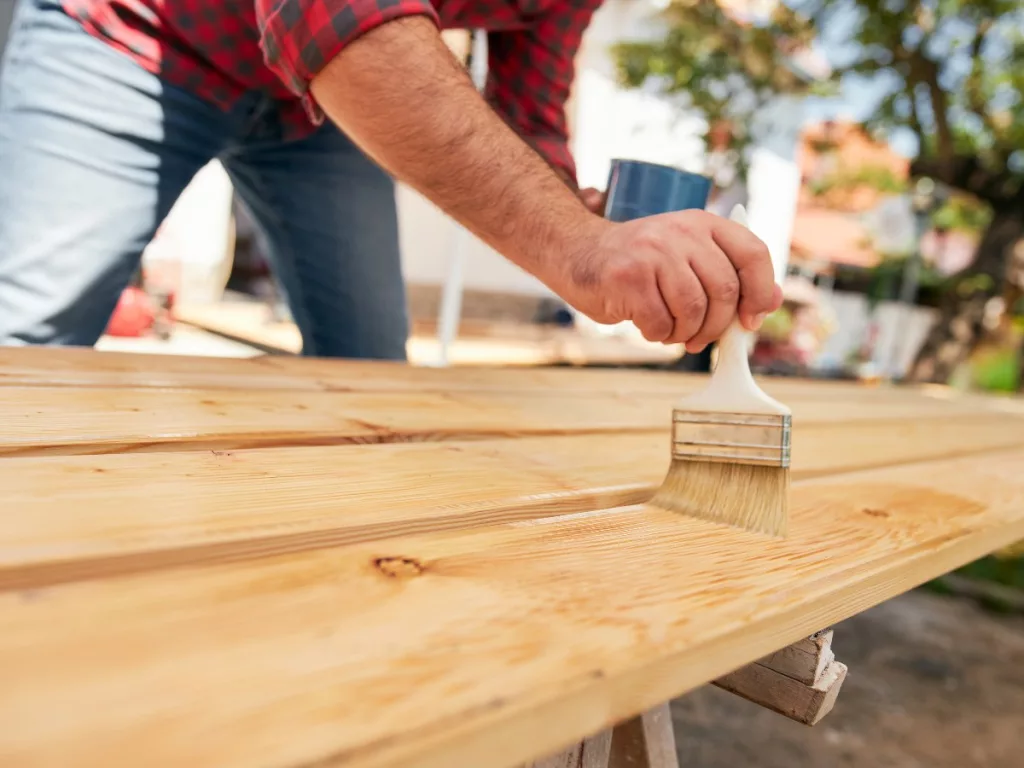
There you have it – the secrets to a flawless finish. Sanding and finishing are where you get to add your personal signature to your work, so take your time and enjoy the process. Your project is a reflection of your journey in woodworking, so let’s make it shine!
Safety Tips
Hey, fellow woodworkers! Before we go into the fun stuff, let’s talk about something super important – safety. Woodworking is incredibly rewarding, but it’s crucial to keep it safe. So, let’s gear up and get savvy about safety!
Personal Protective Equipment (PPE)
When it comes to woodworking, your PPE is like your armor. It’s essential, and knowing how to use it properly can be a game-changer.
- Essential Safety Gear: At the very least, you’ll need safety goggles, ear buds for noise reduction, and a good dust mask to avoid inhaling sawdust. Don’t forget sturdy gloves and, if you’re working with power tools, a face shield.
- Tips on Proper Usage of PPE: Make sure your goggles fit snugly and give you a clear view of your work. Use ear protection that’s comfortable for long periods, and always have a dust mask on when you’re cutting or sanding. Remember, the best PPE is the one you actually wear, so find gear that you don’t mind putting on every time.

Safe Operation
Power tools and machinery make woodworking efficient and fun, but they need to be treated with respect.
- Best Practices for Using Power Tools and Machinery Safely: Always read the manual first – no shortcuts here. Check that guards are in place and functioning. Keep your work area clean and clutter-free to avoid any accidents. And always, always, keep your focus on the tool when it’s running.
- Common Mistakes and How to Avoid Them: One big no-no is removing safety guards – they’re there for a reason. Avoid wearing loose clothing or jewelry that could get caught in machinery. And never reach over a running blade – it’s just not worth the risk.
Troubleshooting Common Woodworking Challenges
Alright, let’s shift gears and talk about troubleshooting. Even the best of us run into hiccups now and then, but knowing how to tackle them can make all the difference.
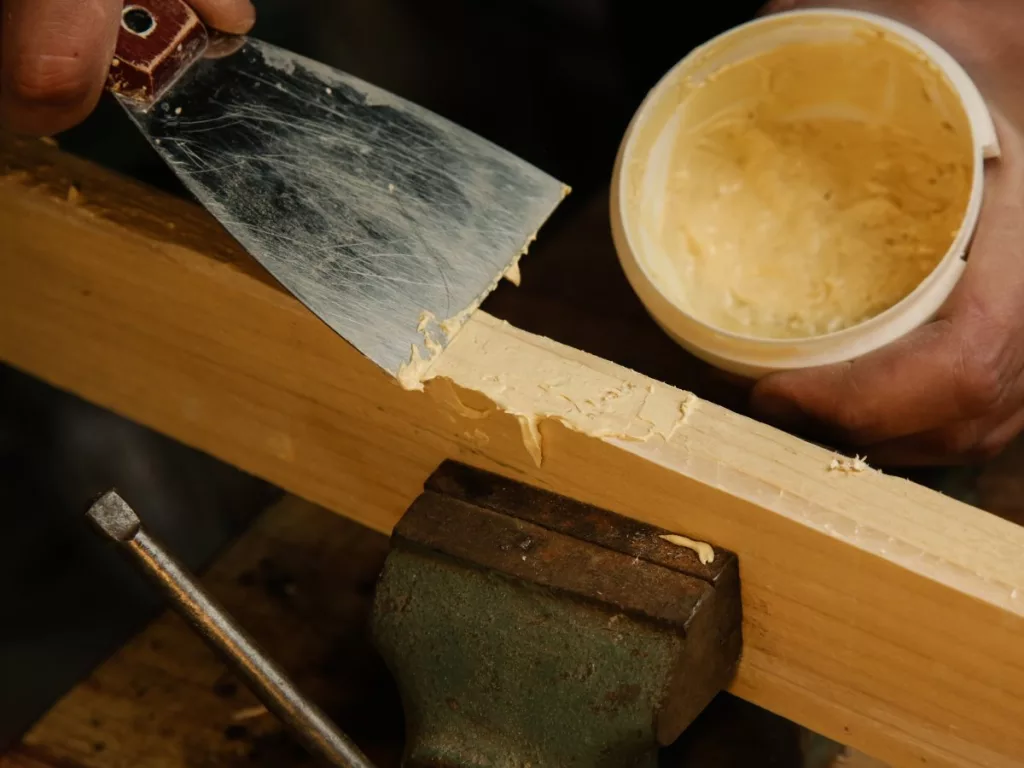
Overcoming Common Mistakes
Mistakes are part of the learning process, but let’s try to keep them to a minimum.
- Identifying and Fixing Frequent Errors: Common issues include inaccurate measurements, rough cuts, and joinery mishaps. Double-check your measurements, take your time with cuts, and practice those joints. Remember, patience is key.
- Expert Advice on Troubleshooting: If a joint isn’t fitting, don’t force it – take a step back and figure out where it’s going wrong. If your finish isn’t smooth, maybe you need to go down a grit in sanding. And if you’re stuck, don’t hesitate to reach out to more experienced woodworkers. The community is full of folks who’ve been exactly where you are now.
Tips for Efficient and Effective Work
As a woodworker, I’ve learned through experience that efficiency in the workshop isn’t just about speed; it’s about smart planning and mindful execution. Let me share some personal insights that have transformed my approach to woodworking.
- Early Days: Enthusiasm without Planning
- Jumped into projects without a clear plan.
- Resulted in unnecessary mistakes and wasted materials.
- Learned the importance of thorough planning.
- Time-Saving with Planning
- Sketching out designs before starting.
- Listing materials needed for the project.
- Sequencing steps to streamline the process.
- Organizing the Workspace
- Initially dealt with scattered tools, disrupting workflow.
- Strategically arranged tools for easy access.
- Reduced time spent searching for tools.
- Efficiency with Jigs and Templates
- Used jigs and templates for repetitive tasks.
- Sped up the process and ensured consistency.
- Became a key practice for efficient woodworking.
Keeping Up with Trends and Innovations
In the ever-evolving realm of woodworking, staying updated with the latest trends and innovations is not just exciting, it’s essential. Let’s learn what’s currently making waves in the community and how you can blend these fresh ideas into your projects.
Latest Trends
Woodworking is an age-old craft, but it’s constantly being reinvented with new styles and techniques. Keeping up with these trends keeps your skills sharp and your work fresh.

- Overview of Current Trends and New Techniques: Lately, there’s been a big push towards sustainability and using eco-friendly materials. Reclaimed wood projects are all the rage, giving a second life to old wood with a story. Minimalism is also big, with clean lines and functional simplicity taking center stage. And let’s not forget about digital woodworking – CNC machines and laser cutters are opening up a whole new horizon of possibilities.
- Incorporating Modern Styles into Traditional Methods: The beauty of woodworking is in its versatility. You can take a traditional design and give it a modern twist with the right materials or finishes. Think a classic table with a bold, eco-friendly stain, or a vintage chair design cut with a CNC machine for precision. It’s all about blending the old with the new to create something uniquely yours.
Innovations in Tools and Materials
The tools and materials we use are constantly improving, making woodworking more accessible, efficient, and enjoyable.
- Cutting-Edge Tools and Materials: Have you seen the latest in battery-powered tools? They’re more powerful and longer-lasting than ever. And then there’s the rise of composite materials, which are challenging traditional wood in terms of durability and aesthetics. Smart tools with digital readouts are also becoming more common, taking the guesswork out of complex measurements and cuts.
- How These Innovations Can Enhance Woodworking Projects: These new tools and materials can save you time, expand your creative possibilities, and even open up new markets for your work. Imagine creating intricate designs effortlessly with a CNC machine or using a new, sustainable material that sets your work apart. It’s all about using these innovations to enhance your craftsmanship and bring your unique ideas to life.
Staying in tune with the latest trends and innovations not only fuels your creativity but also keeps your skills sharp. So, embrace these new ideas, experiment with new tools and techniques, and watch as your woodworking projects take on a new level of sophistication and style.
End Words
Alright, fellow woodworkers, we’ve journeyed through the ins and outs of woodworking, uncovering the secrets that can turn your projects from good to absolutely stunning. From choosing the right wood and tools, mastering precision and joinery, to embracing safety and the latest trends – we’ve covered a lot of ground!
Now, it’s your turn to chime in! We’d love to hear from you:
Share Your Tips and Experiences
Got a woodworking trick up your sleeve? A story of a project that taught you something invaluable? Share it with us! Your insights could be the lightbulb moment for someone else in our community. You can write in the comment section below.
Join the Conversation
Join the woodworking communities online. Whether you’re looking for inspiration, advice, or just a bunch of like-minded folks to talk shop with, there’s a place for you. Check out forums, social media groups, or local clubs – the links below are a great place to start:
Woodworking is more than a craft; it’s a journey of continuous learning and passion. So keep sawing, chiseling, and creating. And most importantly, keep sharing the love of this wonderful art with others. Happy woodworking! 🌟🛠️🌲


